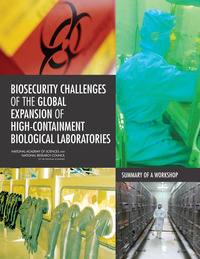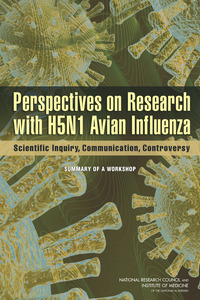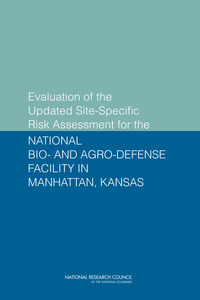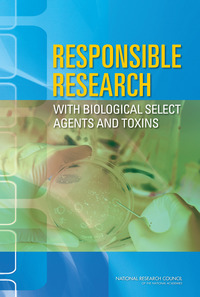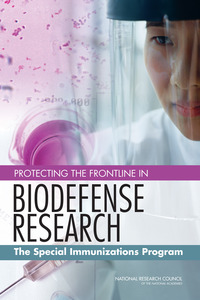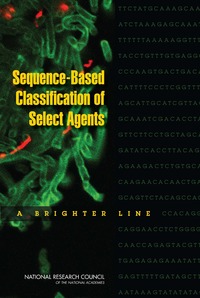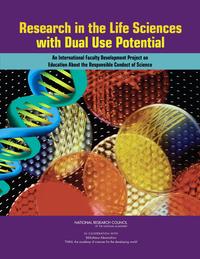Following several recent incidents of possible exposure to dangerous diseases, the Centers for Disease Control (CDC) announced last week that it has halted operations at its bioterrorism rapid-response lab and an influenza lab and imposed a moratorium on any biological material leaving numerous other CDC labs. National Research Council reports discuss operational safety and security and measures for encouraging a culture of responsible conduct when working with select agents. These titles can provide insight into the challenges facing these laboratories. All are free to download.
During July 10-13, 2011, 68 participants from 32 countries gathered in Istanbul, Turkey for a workshop organized by the United States National Research Council on Anticipating Biosecurity Challenges of the Global Expansion of High-containment Biological Laboratories. The United States Department of State’s Biosecurity Engagement Program sponsored the workshop, which was held in partnership with the Turkish Academy of Sciences. The international workshop examined biosafety and biosecurity …
When, in late 2011, it became public knowledge that two research groups had submitted for publication manuscripts that reported on their work on mammalian transmissibility of a lethal H5N1 avian influenza strain, the information caused an international debate about the appropriateness and communication of the researchers’ work, the risks associated with the work, partial or complete censorship of scientific publications, and dual-use research of concern in general.
Recognizing that …
Safeguarding U.S. agriculture from foreign animal diseases and protecting our food system require cutting-edge research and diagnostic capabilities. The Department of Homeland Security (DHS) and the U.S. Department of Agriculture (USDA) have embarked on an important mission to replace the aging Plum Island Animal Disease Center (PIADC) with a new facility, the National Bio- and Agro-Defense Facility (NBAF). When operational, this new facility would be the world’s fourth biosafety level-4 …
The effort to understand and combat infectious diseases has, during the centuries, produced many key advances in science and medicine–including the development of vaccines, drugs, and other treatments. A subset of this research is conducted with agents that, like anthrax, not only pose a severe threat to the health of humans, plants, and animals but can also be used for ill-intended purposes. Such agents have been listed by the government as biological select agents and toxins. The 2001 …
The U.S. Army’s Special Immunizations Program is an important component of an overall biosafety program for laboratory workers at risk of exposure to hazardous pathogens. The program provides immunizations to scientists, laboratory technicians and other support staff who work with certain hazardous pathogens and toxins. Although first established to serve military personnel, the program was expanded through a cost-sharing agreement in 2004 to include other government and civilian workers, …
Select Agents are defined in regulations through a list of names of particularly dangerous known bacteria, viruses, toxins, and fungi. However, natural variation and intentional genetic modification blur the boundaries of any discrete Select Agent list based on names. Access to technologies that can generate or ‘synthesize’ any DNA sequence is expanding, making it easier and less expensive for researchers, industry scientists, and amateur users to create organisms without needing to obtain …
In many countries, colleges and universities are where the majority of innovative research is done; in all cases, they are where future scientists receive both their initial training and their initial introduction to the norms of scientific conduct regardless of their eventual career paths. Thus, institutions of higher education are particularly relevant to the tasks of education on research with dual use potential, whether for faculty, postdoctoral researchers, graduate and undergraduate …
